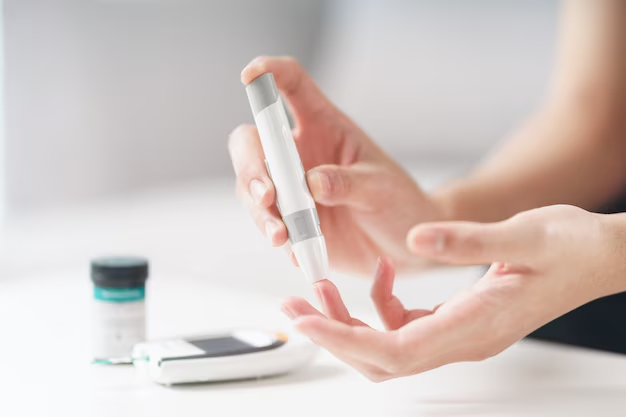Understanding A1C in Diabetes: What You Need to Know
When it comes to managing diabetes, understanding different health metrics is crucial. Among the most important of these is the A1C test. But what exactly is A1C, and why is it so significant for those with diabetes?
What is A1C?
The A1C test (also known as the hemoglobin A1C or HbA1c) measures your average blood sugar levels over the past two to three months. Unlike daily blood sugar tests, which require finger pricking and offer a snapshot of your glucose levels at one moment in time, the A1C test provides a comprehensive picture of your blood sugar trends, helping both patients and healthcare providers understand overall diabetes management.
Why is A1C Important?
A1C levels are crucial because they indicate how well your diabetes treatment plan is working. This test helps to predict the risk of diabetes-related complications. The general target for most adults with diabetes is an A1C of less than 7%. Levels above this threshold may increase the risk of long-term complications, such as cardiovascular disease, kidney failure, or stroke.
Interpreting A1C Results
- Below 5.7%: Normal for someone without diabetes.
- 5.7% to 6.4%: Indicates prediabetes.
- 6.5% or higher: Diagnostic of diabetes.
Your healthcare provider will work with you to determine your own personalized A1C target, which may differ based on age, overall health, and presence of any other medical conditions.
Managing A1C Levels
Managing your A1C involves a combination of lifestyle changes and medication. Here are some effective strategies:
- Consistent Monitoring: Regular blood sugar checks can help you understand what affects your levels.
- Healthy Diet: Focus on whole foods like fruits, vegetables, lean proteins, and whole grains.
- Physical Activity: Aim for at least 150 minutes of moderate exercise each week.
- Medications: Take prescribed medications as directed by your healthcare provider.
For those struggling with managing their diabetes due to financial constraints, knowing where to turn can be a lifesaver. This is where government aid and financial assistance programs come in.
Navigating Financial Aid for Diabetes Management
Diabetes management can be expensive, but several programs are available to help manage costs:
💊 Medicaid and Medicare
- These programs offer coverage for a wide range of diabetes-related supplies and medication.
🏥 Diabetes Self-Management Training (DSMT)
- Medicare covers DSMT services, which educate recipients on managing diabetes effectively.
🏛️ Nonprofit Assistance Programs
- Organizations like the American Diabetes Association provide resources and guidance for obtaining financial support.
🔔 Patient Assistance Programs (PAPs)
- These programs often offer free or reduced-cost medications for those who qualify.
💡 Healthcare Grants
- Some governmental and nonprofit organizations provide grants to cover medical expenses for low-income individuals.
Staying informed about your health and knowing where to seek financial assistance if needed can transform the journey of managing diabetes into a more manageable task. Whether through improved understanding of A1C or tapping into available resources, there are ways to tackle diabetes effectively while minimizing financial stress.
